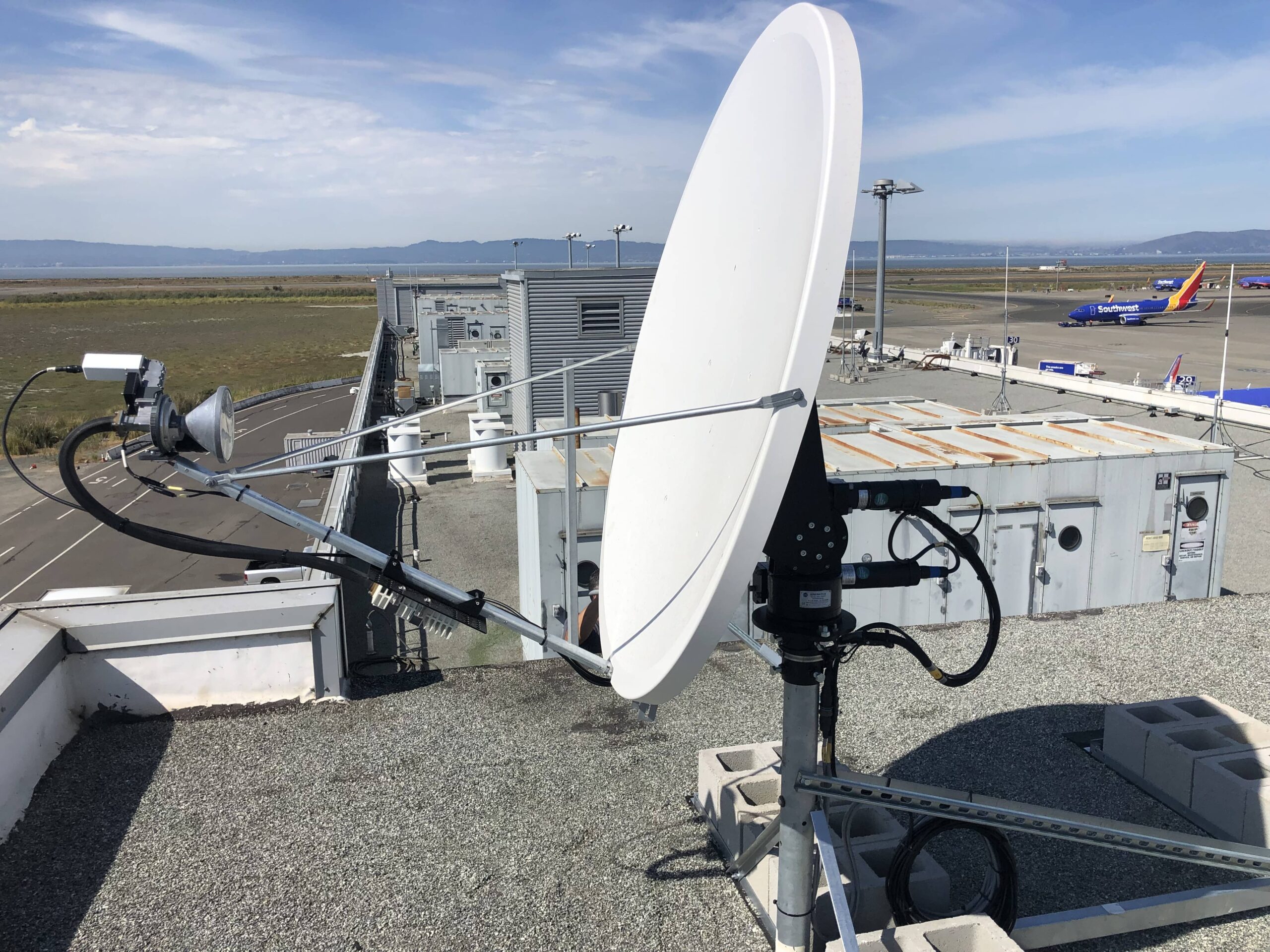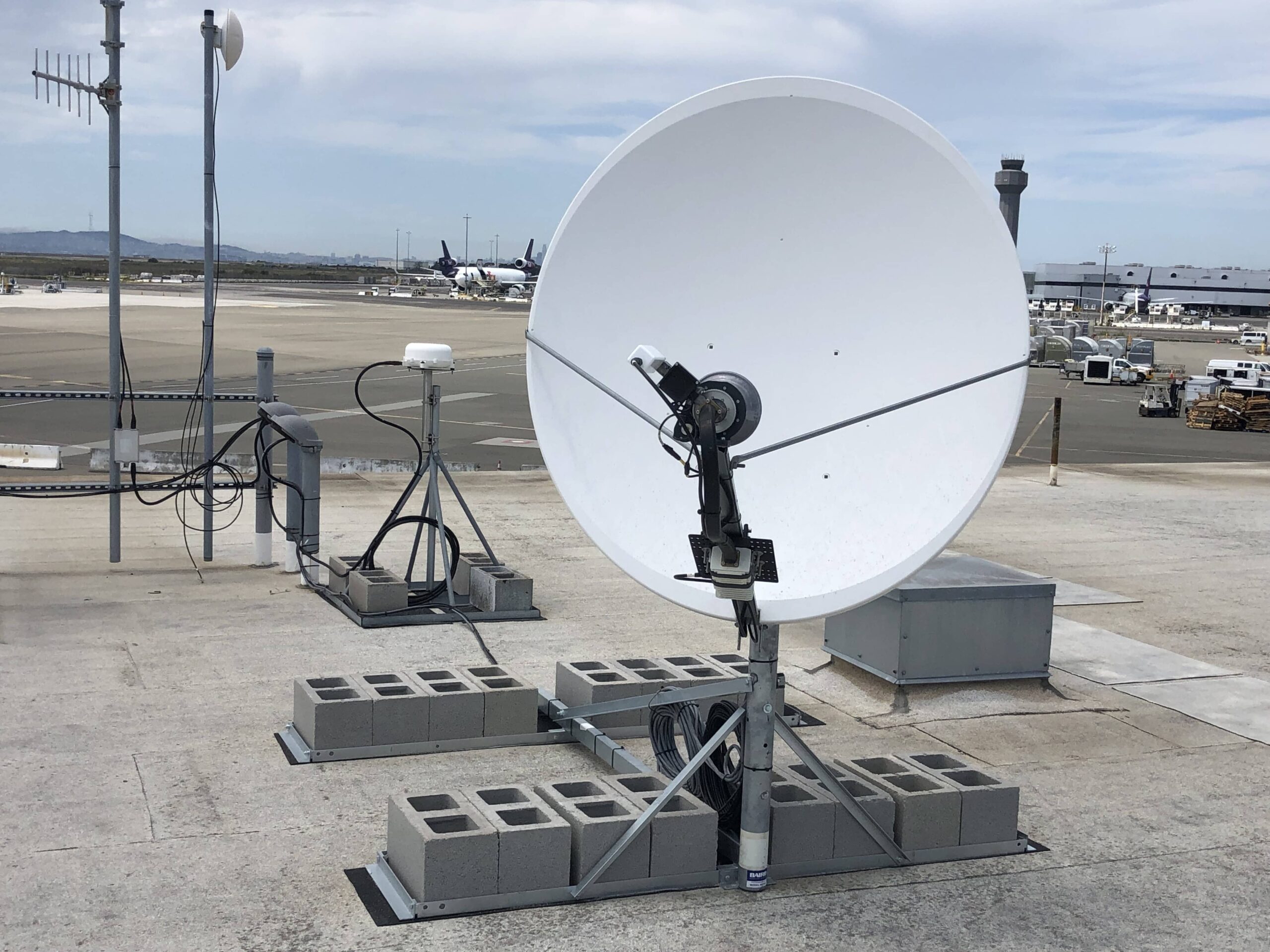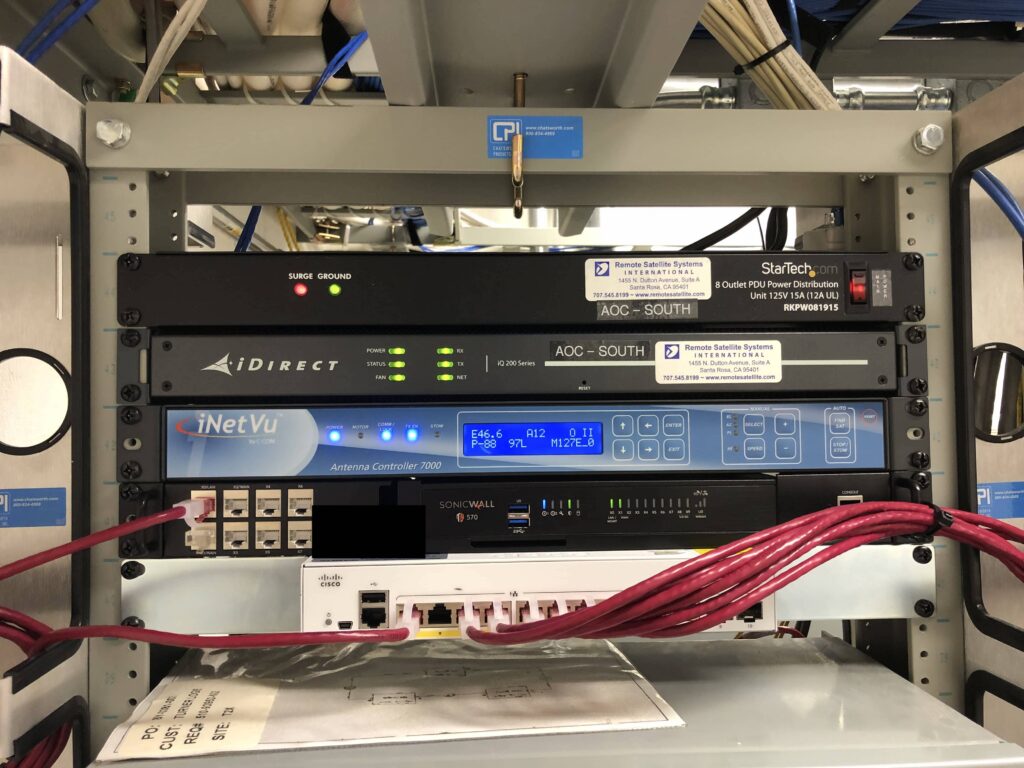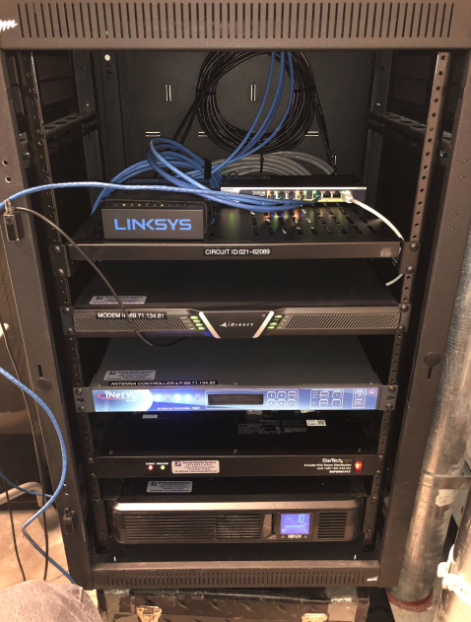Satellite communications have reshaped the way we connect by breaking down geographical barriers and revolutionizing how we exchange information. With each advancement, satellites have propelled us further into an era of seamless global connectivity. However, the emergence of Low Earth Orbit (LEO) satellites and the introduction of new technologies have ushered in an incredibly exciting time for satellite communication. We find ourselves at the cusp of a transformation, where the possibilities for enterprise-level applications are expanding at an unprecedented pace.
A Brief History of Satellite Technology
The first satellites, launched in the late 1950s, were Geosynchronous Equatorial Orbit (GEO). These satellites are also called Geostationary because they appear to remain fixed in the sky due to their synchronized movement with the Earth. GEO satellites, which are positioned at an altitude of approximately 35,000 kilometers (22,000 miles) above the Earth’s surface, use a directional antenna on the ground that faces a fixed point in the sky. Due to the earth’s curvature, they can’t provide global coverage and have blackout zones near the poles.
In the late 1970s, the International Maritime Organization (IMO) recognized the need for more reliable satellite communications services for ships at sea and launched Inmarsat-1, marking the beginning of commercial satellite communications. These geosynchronous satellites provided voice and low-speed data services to maritime vessels by sending and receiving signals from ground-based Land Earth stations, which served as gateways between the satellite network and the terrestrial communication infrastructure.
Since Inmarsat, the most significant change in satellite technology has been the development of Low Earth Orbit (LEO) satellites. First developed in the 1990s, LEO satellites have only really become widely used in the last decade; the launch of the Iridium NEXT campaign in 2017, which replaced the first LEO satellites from 1997 to 2002, was considered at the time to be the largest technology milestone in space history. Space X began launching Starlink satellites in 2019, and now operates over 4,000 LEOs in Earth’s orbit.
Unlike traditional satellites, LEOs orbit at an altitude of around 2,000 kilometers (1,242 miles). Since they provide a smaller coverage area than GEO satellites, a constellation of LEO satellites is required to cover a large region. While there are some challenges with LEO satellites, they offer numerous advantages, such as lower latency, higher bandwidth, and rapid transmission capabilities.
They can also be repositioned for focused coverage and utilize frequencies that support higher data rates, smaller antennas, narrower beams, and enhanced security. With faster speeds and continuous global coverage, LEO networks offer faster connectivity without the need for wires or cables, making them ideal for critical communications. LEO networks, such as Iridium, utilize the reliable L-band system to ensure transmissions even in the most adverse weather conditions.
Antenna Designs & Tracking
Since GEO satellites are relatively stationary in orbit, they rely on a fixed directional antenna that’s tuned with a modem and a tuner turned to a specific frequency. However, LEOs are constantly moving, so how do you track them?
Kymeta developed a unique solution to address this issue using electronically tunable flat panel antennas. These antennas are designed to mimic the functionality of a traditional dish antenna but with the advantage of being able to point straight up instead of needing to be physically directed toward the satellite. The antennas electronically create multiple tuners, which can holographically tune to the satellite. With this technology, Kymeta eliminated the need for the antenna to physically track and point toward the satellite; the antenna can remain stationary and still establish communication.
Kymeta & OneWeb Integration
OneWeb is a global communications network that uses a constellation of LEO satellites to provide high-speed, low-latency connectivity worldwide. Although OneWeb can be seen as a direct competitor to Starlink, the two companies have different customer bases. While Starlink primarily aims to provide high-speed internet access to residential customers, especially those in rural areas with limited land-based infrastructure, OneWeb focuses on enterprise-level customers and improving connectivity for the Internet of Things (IoT).
OneWeb’s satellites orbit at a distance of 1,200 km (746 miles), resulting in sub-100 millisecond latency. Moreover, Remote Satellite Systems offers the integration of OneWeb’s low Earth orbit (LEO) connectivity with other primary and hybrid networks to provide a unified and high-performance wired and wireless solutions. The transition between LEO and other networks is seamless, ensuring the integrity of data transfer, high-speed connectivity, and low latency.
Partners in various sectors such as maritime, government, and defense organizations can leverage the hybrid capabilities of these LEO network along with technologies like 4G, radio-link, and HF radio. This enables uninterrupted connectivity, enhances safety, improves situational awareness, and enhances mission command effectiveness, particularly at the tactical level.
The integration of the Kymeta hardware and OneWeb’s satellite network brings together cutting-edge technologies to deliver enhanced connectivity solutions. The combined solution empowers various industries, including maritime, aviation, defense, and remote enterprise sectors, to access reliable high-speed data transfer, low-latency connectivity, and improved mission-critical communications—even while on the move or in areas with limited terrestrial infrastructure.
The Importance of Guaranteed Service in Enterprise Solutions
When evaluating network service providers for enterprise solutions, several critical factors come into play, such as quality of service (QoS), committed information rate (CIR), and customer support.
Whether the technology is being used for business or emergency response, it’s crucial to have a consistently high QoS (which refers to stability, speed, and reliability) to ensure uninterrupted online activities. This is especially important for first responders working in life-or-death situations where every minute counts.
Committed information rate (CIR), which refers to the guaranteed bandwidth allocated to a user, is also vital. While some satellite providers, like Starlink, can only ensure “best effort” bandwidth, OneWeb provides guaranteed bandwidth to enterprise customers. This ensures a committed amount of speed and bandwidth for reliable and consistent connectivity, particularly for data-intensive tasks and applications that demand a dependable internet connection.
Equally important is customer support. If you’ve ever tried to contact big-name service providers like AT&T, Viasat, or Starlink, you’re probably aware of how difficult it is to reach someone to help you in a timely manner. In contrast, when you contact Remote Satellite Systems, there’s always someone available to assist you. When it comes to enterprise communications, prompt and reliable customer support is vital for addressing any connectivity issues or concerns that may arise.
Remote Satellite Systems offers high-level enterprise communications solutions that are truly unlimited—no throttling data once you’ve used up your high-speed data pool or during peak hours of the day. To find the perfect network for your needs, contact us today at 1-888-989-8199.













